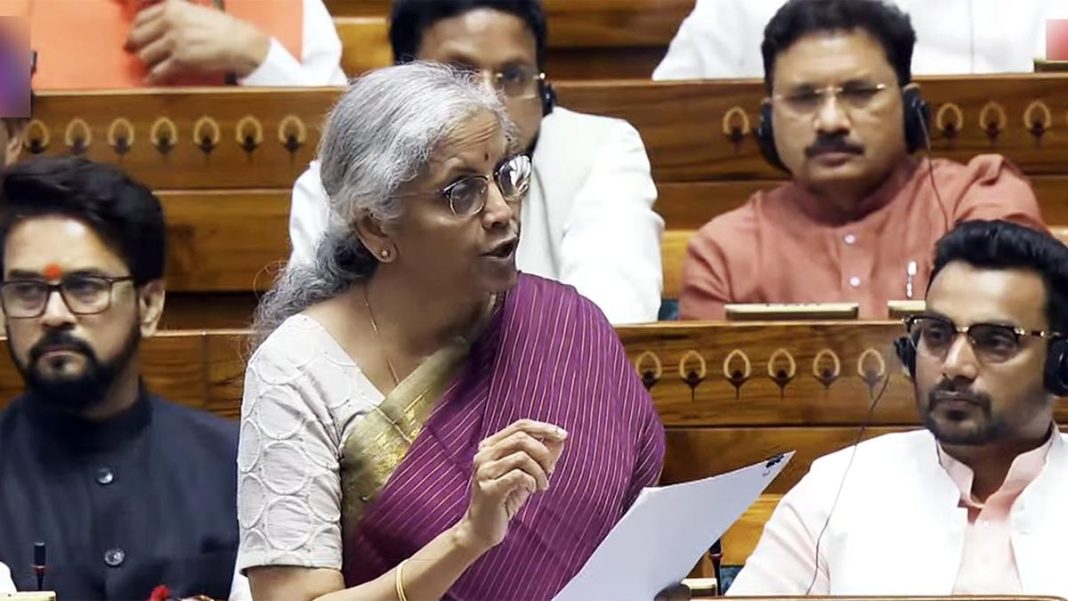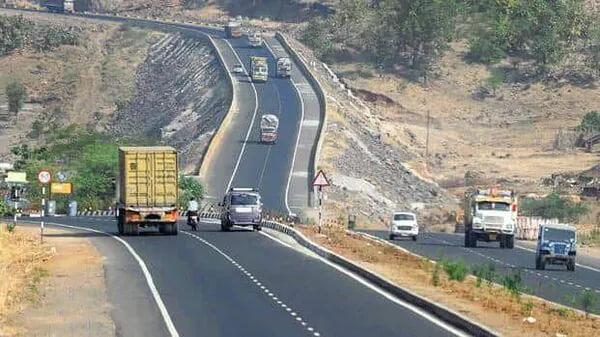The Union Budget presented by Finance Minister Ms. Nirmala Sitharaman has evoked mixed reactions from different quarters, and has triggered different debates. The most important of all the debates is the jobs scene and whether the government claims on employment generation could be associated with proportionate improvement in quality of life.
The root of this debate is in contradictions in the government’s handling of the issue. On one hand, the government talks of migrating labour force from dependence on agriculture to non-farm sectors. On the other, the budget does not offer much on creating credible and viable alternatives to farm jobs. On one hand, the Government talks of skilling the population. On the other, Governments under different political dispensations in the country are taking populist measures to provide monthly financial assistance, and thereby disincentivising upskilling. On one hand, the Government offers statistical enforcement with the Employees State Insurance Corporation (ESIC) to bolster its claims of creation of lakhs of jobs. On the other, the reality tells that the ‘wage limit’ for coverage of the ESIC is Rs 21,000/- only.
Ideally, there must be a correlation between the statistics of job creation and the quality of life. But, that is not necessarily the case for a large population. The electricity bills, cost of education, cost of living, aspirational levels have all gone up since the opening of the Indian economy to globalisation. However, there hasn’t been proportionate increase in the number of jobs offering commensurate remuneration. The service sector boom is visible mostly because of tremendous increase in number of gig-workers. But, no one talks about the pressures they have to sustain and resultant adverse effect on quality of their life. Even in IT and ITeS sector, quality of life and faster burnouts have emerged as big concerns. The recent 14-hour-work plan for IT and ITeS employees in Karnataka has backfired for the State Government there because of such concerns.
As far as agriculture is concerned, instead of making it remunerative, the policies have strengthened ‘market forces’. Hence the crisis reached the level of political discontent. Financial assistance to various categories and free foodgrains to around 80 crore population is thinning the rural workforce, exacerbating the problem. Since not all farmers can afford mechanisation of agriculture owing to financial constraints, silent distress has been building, forcing many to sell agricultural land. But, the money from such sellout does not last long, and many are forced to do menial jobs in big cities, compromising their quality of life. Overall, dignity of labour has been diminishing.
While triggering this chain of events, the economic policies have also been disincentivising savings by reducing the rate of interest on traditional savings methods. To add insult to injury, now, people feel that gains on investments are also being made less lucrative. Social media posts circulating post-budget reflect a widespread perception among people that the Government does not want people to earn more, and save more for future. There is massive discontent in working population and taxpayers over ‘revdi’ of financial assistance being offered to a big chunk of population.
All these point to ground situation and how people view the budget announcements. If the Government is really serious about improving quality of life and creating a conducive environment for aspirational goals of younger generation, it must adopt an integrated approach to the job scene. Only statistics do not win electoral and even social battles.




